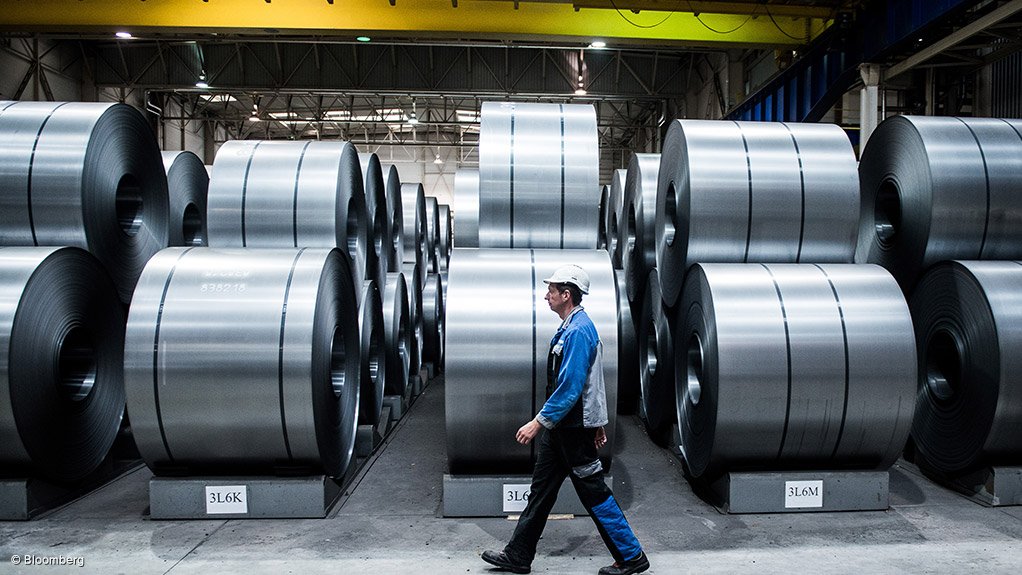The value added to the economy by the manufacturing sector has declined from 15.3% of gross domestic product (GDP) in 2004 to 13.9% in 2014, signalling the continued evolution towards a service sector-led South African economy, the National Advisory Council on Innovation (NACI) revealed in its yearly South African Science, Technology and Innovation Indicators report on Friday.
The report, which provides core South African science, technology and innovation indicators with a view to enable trend analysis over time, revealed that the services sector, which comprised trade activities, business services, finance, transport, construction, communication, electricity, catering and accommodation, remained the largest contributor to GDP, generating 58.9% of overall national income.
In terms of exports, South Africa’s trade as a percentage of GDP reached a peak in 2008 before declining to 65.1% in 2013, while the exports of goods and services represented just under half of all trading activities.
As had been the case in the preceding decade, the bulk of merchandise imports in 2013 were produced by the manufacturing, ores and metals, fuels and food industries, NACI monitoring, evaluation and indicators project leader Dr Azar Jammine noted at the launch of the report, in Pretoria.
According to the Industrial Development Corporation, motor vehicles remained the leading manufacturing export category, at 7.6% of total merchandise exports in 2013, followed by basic iron and steel, at 7.3%, motor vehicle parts and accessories, at 3.7%, and basic chemicals, at 3%.
Jammine argued that, in accordance with the National Development Plan (NDP), an upscaling of the advanced manufacturing sector could be achieved through substantial investment in research and development and the commercialisation of South African innovations.
This would, however, require policy and funding collaboration between government and the private sector – a relationship increasingly fettered by mistrust, he said.
“There is a missing link between government and the business sector and a lack of trust in the last five years that is destroying the economy and pushing business to cocoon itself.
“On the other side, government is under pressure from its electorate to step in against ‘fat-cat businesses’, and this is creating a more adversarial relationship. We need an economic [-style] Convention for a Democratic South Africa where people start talking,” he asserted.
The report further outlined that, while 66.4% of South Africa’s merchandise exports in 2004 were to high-income economies, the direction of trade had since altered “significantly”, with the share of merchandise shipped to these countries having slipped to 36.1% in 2013.
“For the first time, merchandise exported to developing countries outside the Southern African Development Community overtook that exported to developed States,” the report read.
It added that the high-technology manufacturing sector was gradually increasing its global market share, although from a low base.
In 2004, both the pharmaceuticals and the computer, electronics and optical industries had an export market share of 0.05%. This had risen to 0.09% for the pharmaceutical industry and to 0.07% for the computer, electronics and optical industry in 2013.
Meanwhile, while agriculture’s contribution to GDP remained low, adding only 2.6% in 2014, the NDP envisioned the stimulation of growth in the sector through technology development in key value-adding activities, such as water savings, said Jammine.
“This sector is important owing to its potential as a job multiplier through a well-integrated value-chain from downstream farming to upstream food processing and retailing,” he noted.
EMAIL THIS ARTICLE SAVE THIS ARTICLE
To subscribe email subscriptions@creamermedia.co.za or click here
To advertise email advertising@creamermedia.co.za or click here











